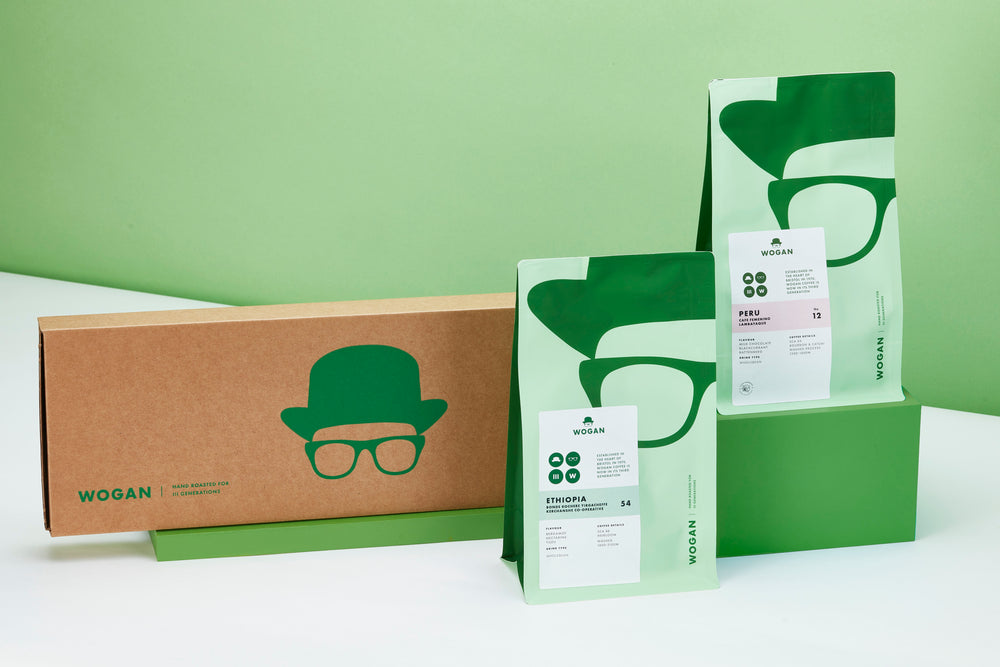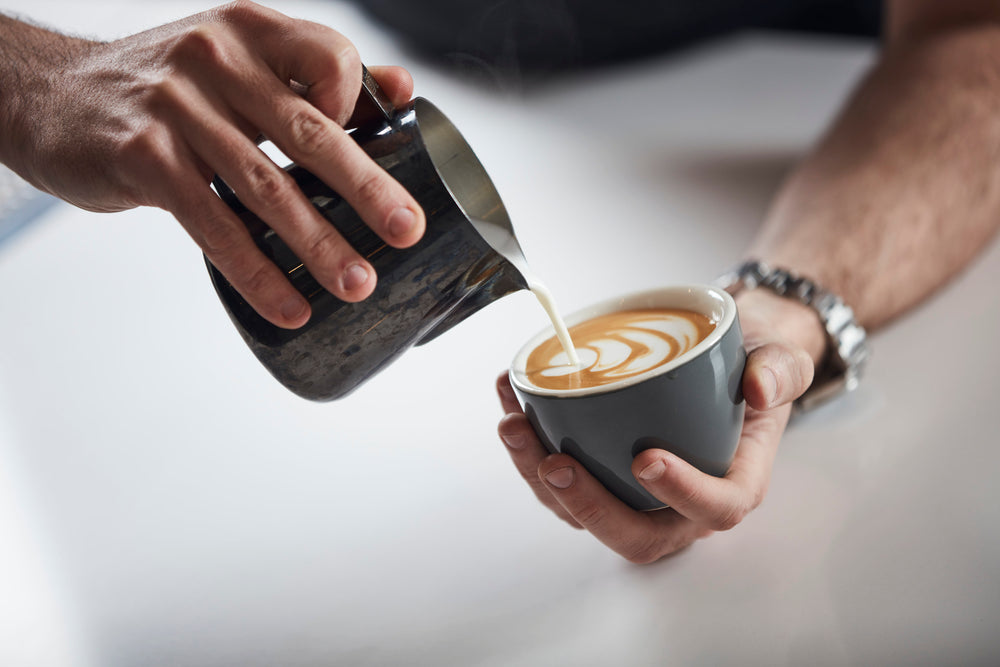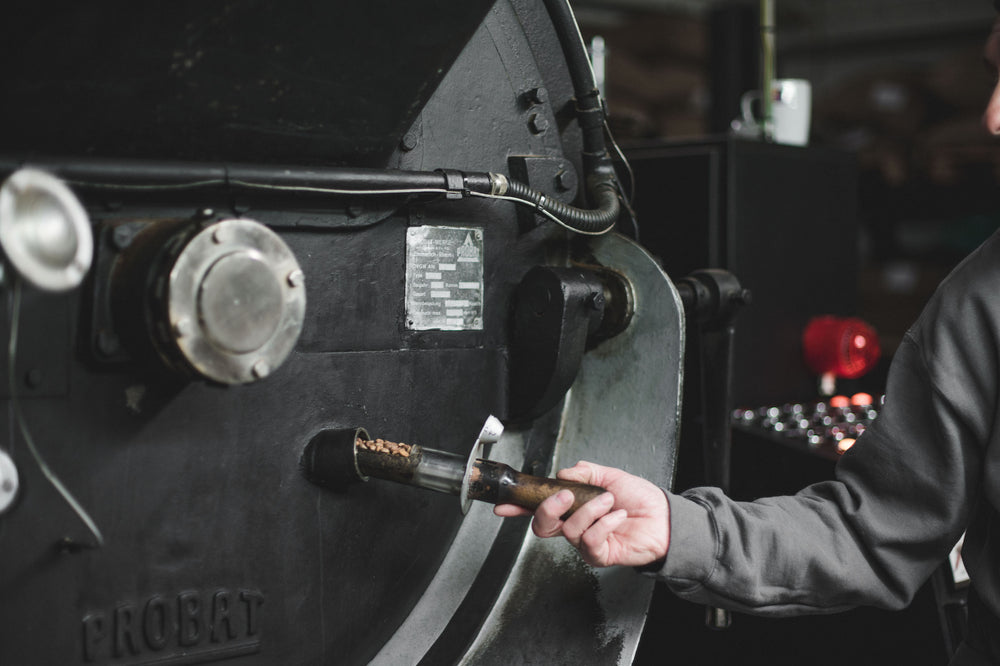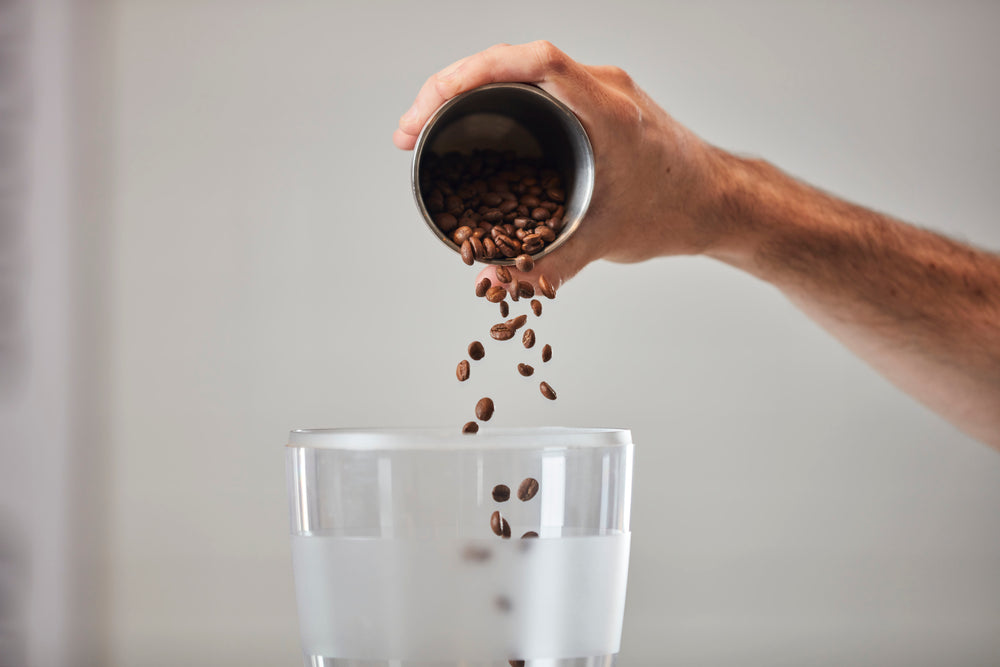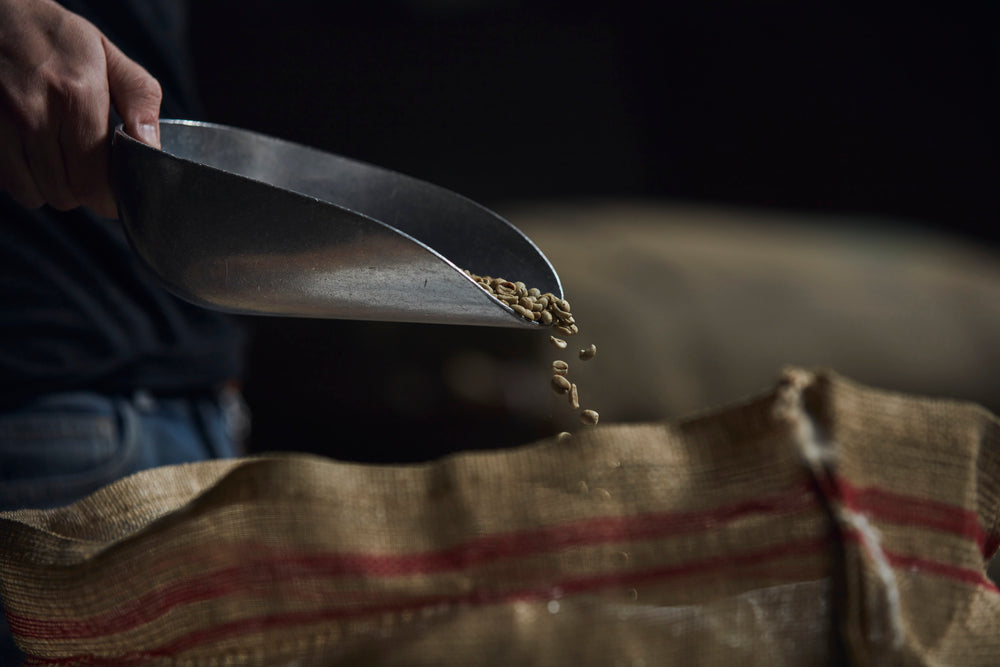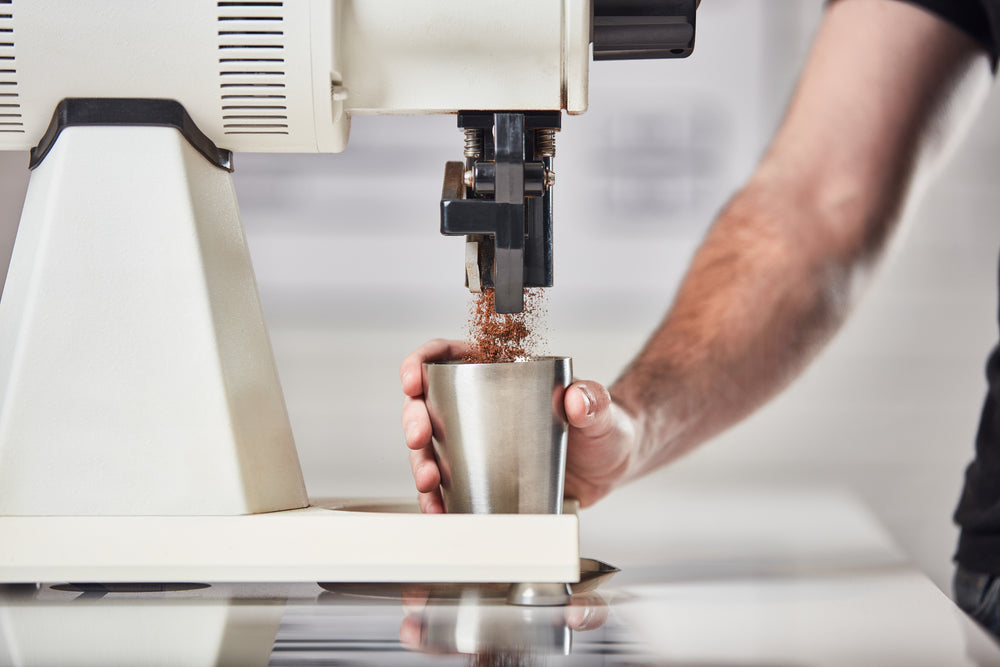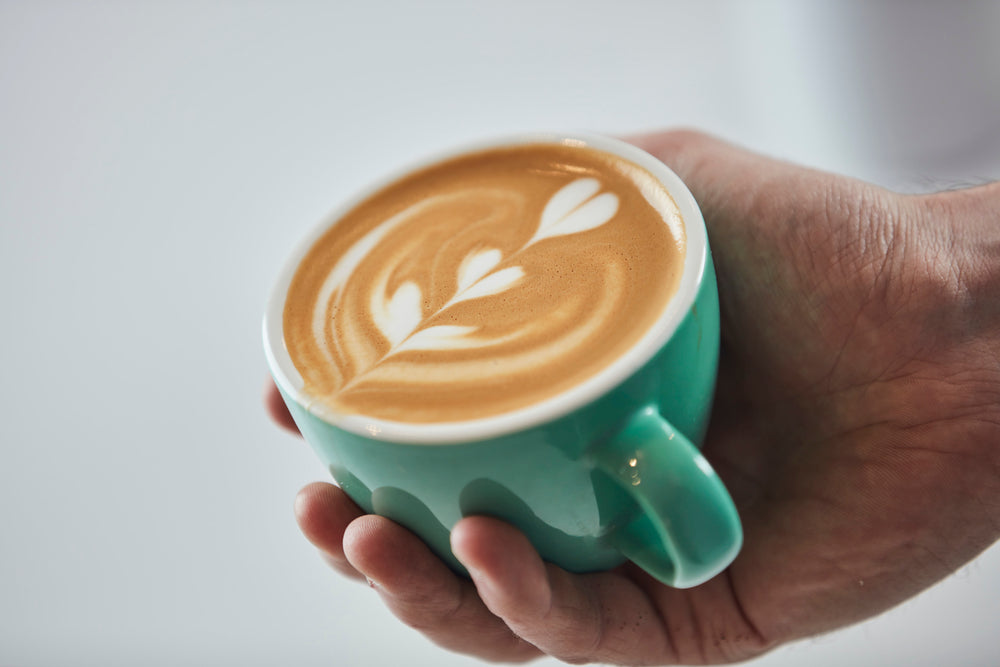How to get the best out of your beans!
You’ve just bought some beans that you have never tried before, how do you avoid wasting your whole bag of coffee dialling in the perfect brew? Here are some tips to help make the most of your brewing, simply by understanding some of the basic principles of speciality coffee. These aren’t always hard and fast rules, and a lot will come down to your own individual taste preferences, this should at least give you a base line to work around.
- Bean Density
How soluble a coffee bean is will affect the grind size you need to use. Denser coffees will use a coarser grind, as they will naturally create more resistance within your brew bed, whereas more soluble coffees will need to be ground finer to create the same.
- Finding that perfect ratio
Finding the right amount of coffee to water is fun to experiment with when brewing coffee. Too much coffee to too little water, and you can under extract and get sourness, whereas too much water to too little coffee will bring out a lot of bitterness. Different brewing methods have different starting ratios, but again, this is something that is down to preference.
- All in the grind
Finding the right grind for your coffee is primarily based on preferences from the tips we’ve gone through already. To get you in the right range as a starting point, the rule of the thumb is the more coffee you are brewing and the longer you are brewing for, the coarser your grind needs to be. In terms of flavour and sensation, we find that grind size tends to affect the body of a coffee more, whilst the ratio affects the flavour more.
- What are the tasting notes?
What roaster advertises as the tasting notes of a coffee will give you an idea of a starting point of how developed the roast is. More traditionally developed coffees will be advertised as more chocolatey and nutty notes and lighter roasts will advertise more fruit and floral notes. Medium roasts as you would expect will advertise a combination of sweeter and fruity notes.
Keeping these key things in mind should help you get the most out of coffee you buy from anywhere in the world. Experimenting with these different metrics can bring out so many different things from a coffee, and is part of the fun of specialty coffee in the first place. Have a play and find your ideal brew!
Extras:
- The things that affect a coffees solubility is the altitude it has been grown at, the fermentation it has gone through, and the roast development. Higher altitude and lighter roasted coffees are usually denser whereas naturally fermented coffees are more soluble than washed coffees. Altitude and roast degree tend to affect density to a greater degree than the fermentation.
- Espresso starting at a 1:2 ratio of coffee to water (18g-36g), and filter coffee starting at a 1:16 (15g-240g) ratio and tailoring to taste. Shorter ratios will profile acidity, whereas longer ratios will highlight body and sweetness. Lighter roasts can take longer ratios, and darker roasts will taste better at shorter ratios.
- Espresso will be very finely ground, single cup pour overs and filters will be medium ground, and batch brewers and cafetieres will be coarsely ground. Quicker brews will need finer grinds, whereas longer steeps will need coarser grinds.
- Always keep in mind that a roasters’ tasting notes are subjective to their tastes, you may pick up on different things within the cup, which is not a bad thing!
